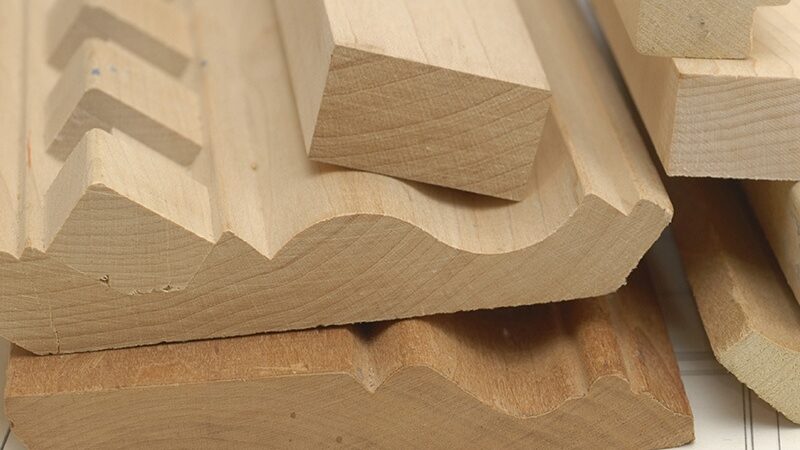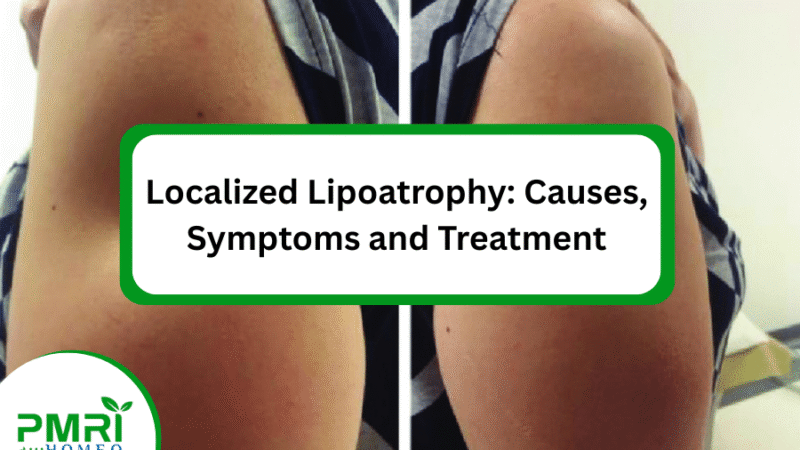PTFE Lined Cross: A Critical Component in Corrosive Piping Systems

Industrial piping systems that handle corrosive, toxic, or high-purity fluids require reliable and durable components. One such component that plays a crucial role in ensuring safe and efficient fluid distribution is the PTFE lined cross. Designed to offer excellent corrosion resistance, chemical inertness, and high thermal stability, the PTFE lined cross is used in a variety of industries including chemical processing, pharmaceuticals, petrochemicals, and food processing.
In this blog, we will explore what a PTFE lined cross is, how it works, its benefits, applications, and what to consider when selecting one for your piping system.
What is a PTFE Lined Cross?
A PTFE lined cross is a four-way pipe fitting that allows for the connection of four pipes, usually at right angles. This type of fitting is used when the flow of fluids needs to be split or redirected in a cross-configuration. The “lined” part refers to the inner lining of the fitting, which is made from Polytetrafluoroethylene (PTFE) – a synthetic fluoropolymer known for its outstanding resistance to chemicals and extreme temperatures.
The core structure of the fitting is typically made from carbon steel or stainless steel, providing mechanical strength and pressure resistance. The PTFE lining forms a protective barrier between the fluid and the metal body, preventing corrosion, contamination, and leakage.
Why Use a PTFE Lined Cross?
The primary reason for using a PTFE lined cross is to protect piping systems and maintain fluid purity when handling corrosive or aggressive media. PTFE offers:
- Chemical Resistance: It resists almost all acids, bases, solvents, and oxidizers.
- Non-Stick Surface: Reduces the chance of material build-up or clogs.
- Thermal Stability: Performs reliably in high and low temperatures.
- Non-Contamination: Ideal for high-purity applications such as food or pharmaceuticals.
These properties make the PTFE lined cross suitable for harsh industrial environments where other materials might fail.
Key Features of PTFE Lined Cross
Let’s look at the important technical and practical features that make a PTFE lined cross essential in complex piping systems:
1. Four-Way Flow Connection
The cross fitting allows the distribution of flow in four different directions, making it ideal for branching and dividing flow paths in process systems.
2. PTFE Lining Thickness
The PTFE lining is usually applied using a molding or paste extrusion process, ensuring a uniform, leak-proof inner layer. Lining thickness can range from 3mm to 5mm depending on the application and pressure requirements.
3. Vacuum and Pressure Ratings
PTFE lined crosses can handle full vacuum conditions and are typically rated for pressures up to 10–16 bar depending on design and material specifications.
4. Flanged Ends
Most PTFE lined cross fittings are supplied with standard flanges (e.g., ANSI B16.5) to ensure easy installation and compatibility with other pipe components.
5. Temperature Range
The PTFE lining remains stable and non-reactive at temperatures ranging from -20°C to +200°C, allowing it to perform under extreme operating conditions.
Advantages of Using PTFE Lined Cross
The PTFE lined cross offers several key advantages that improve the reliability and performance of industrial fluid handling systems:
– Exceptional Corrosion Resistance
PTFE is one of the most chemically resistant materials available. This makes the PTFE lined cross suitable for transporting aggressive chemicals like hydrochloric acid, sulfuric acid, nitric acid, caustic soda, and more.
– Leak Protection
The PTFE lining acts as a secure, continuous barrier between the fluid and the metal fitting. This minimizes the risk of leaks and ensures system integrity, especially in hazardous environments.
– Extended Equipment Life
By preventing corrosion and minimizing wear, the PTFE lining extends the lifespan of the cross fitting and reduces maintenance costs over time.
– Reduced Downtime
Durability and low maintenance needs translate into fewer system shutdowns, which means greater operational efficiency and lower production losses.
– Smooth Fluid Flow
The non-stick, smooth surface of PTFE helps in maintaining laminar flow, reducing pressure drops and preventing fluid buildup.
Common Applications of PTFE Lined Cross
The versatility of the PTFE lined cross allows it to be used in a wide range of industries and applications, including:
– Chemical Processing
Handles aggressive fluids like acids, solvents, and oxidizers used in chemical plants.
– Pharmaceutical Manufacturing
Maintains high purity standards and prevents contamination in drug production lines.
– Water and Wastewater Treatment
Used in handling corrosive treatment chemicals and maintaining equipment reliability.
– Food and Beverage Industry
Non-reactive and hygienic, PTFE lined fittings are used in processes involving food-grade chemicals.
– Petrochemical and Refining
Withstands harsh conditions and aggressive hydrocarbons in oil and gas refineries.
How to Select the Right PTFE Lined Cross
Choosing the right PTFE lined cross for your application involves considering several technical and operational factors:
1. Chemical Compatibility
Ensure the PTFE lining is suitable for the specific chemicals and concentrations being used in your process.
2. Operating Pressure and Temperature
Check that the PTFE lined cross is rated to handle the maximum pressure and temperature conditions in your system.
3. Pipe Size and Flange Standards
Confirm compatibility with your existing pipe sizes and flange standards (ANSI, DIN, etc.).
4. Lining Quality and Thickness
Higher quality linings offer better durability. Ensure the lining is securely bonded to prevent delamination.
5. Manufacturer Reputation
Choose a reliable manufacturer or supplier who adheres to international standards and offers quality assurance.
Maintenance and Care
Though PTFE lined cross fittings require minimal maintenance, regular inspections can help catch signs of wear or damage early:
- Check flange connections for leaks.
- Inspect the internal lining periodically (if accessible).
- Avoid mechanical damage or abrasive cleaning methods.
Keeping a well-documented maintenance schedule helps extend the life of your fittings and ensures continuous system efficiency.
Conclusion
In piping systems where safety, purity, and corrosion resistance are top priorities, the PTFE lined cross proves to be an indispensable solution. Its ability to handle aggressive chemicals, operate under extreme temperatures, and provide leak-proof connections makes it ideal for a wide range of demanding applications.



